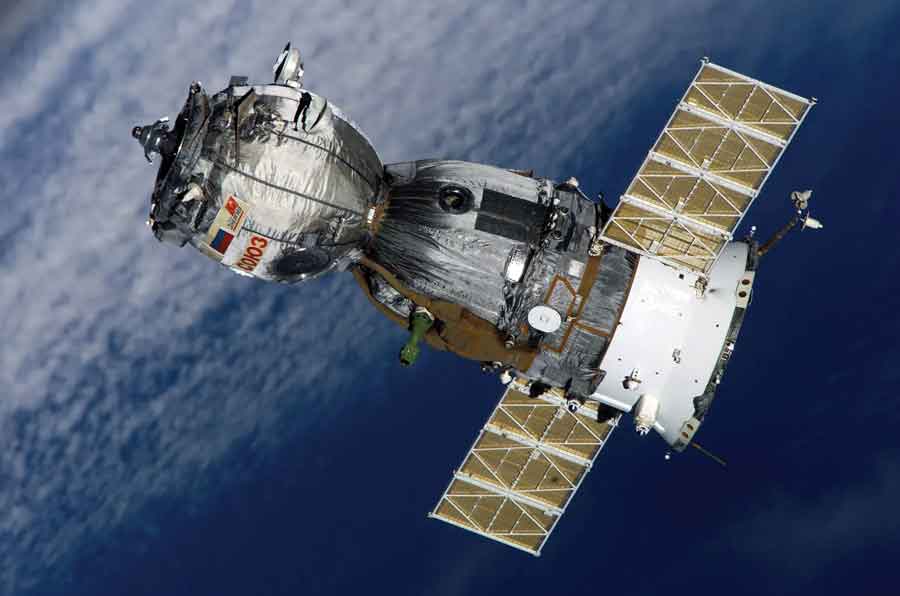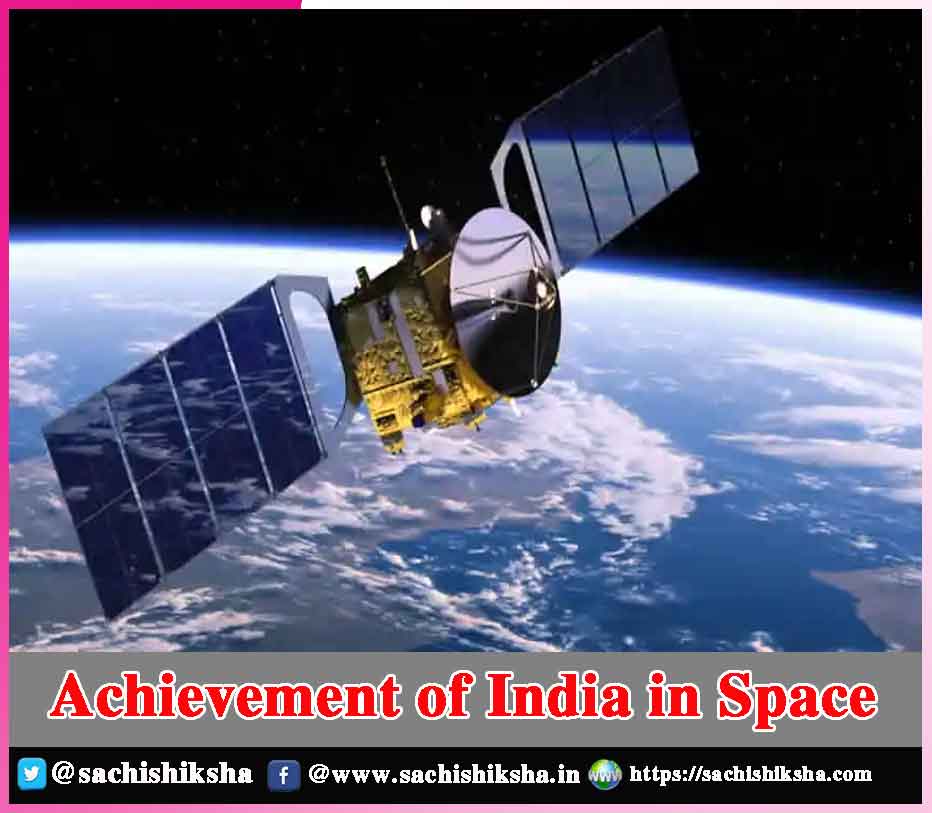Achievement of India in Space
Introduction: Whenever we encounter the term SPACE, we immediately think of the Indian Space Research Organization (ISRO). ISRO is the Government of India’s first space research agency, with its headquarter in Bengaluru. ISRO was founded in 1969 with the goal of developing and utilizing space technology for national development, as well as conducting planetary expedition and space scientific research.
Also Read:-
Table of Contents
Need For Independent Space Resources:

With the understanding that a nation as populous as India would necessitate its own independent space resources, as well as the initial possibilities of satellites in distant communication and also at the time of direct broadcasting of the Tokyo Olympic Games across the Pacific by the American satellite ‘Syncom-3,’ Dr. Vikram Sarabhai, the forefather of the Indian space program, immediately identified the possibilities of space science and technology for India.
Contribution of Dr. Sarabhai:
Dr. Vikram Sarabhai was the Indian space program’s forefather and is widely regarded as a scientific genius as well as a true hero. Dr. Sarabhai was confident and anticipated that space technologies have the capacity to answer current societal fundamental challenges. Dr. Sarabhai, as Director of the Physical Research Laboratory (PRL) in Ahmedabad, assembled a team of capable and brilliant researchers, anthropologists, broadcasters, and social scientists from around the country to drive the Indian space program.
In 1961, India’s first Prime Minister, Jawaharlal Nehru, who considered scientific advancement as critical to India’s prosperity, brought space research underneath the purview of the Department of Atomic Energy. Homi Bhabha, the father of India’s atomic program, then founded the Indian National Committee for Space Research (INCOSPAR) in 1962, with Dr. Sarabhai as Chairman.
Establishment & Development of ISRO:
The Indian Rohini primarily focusing to launch larger and more complicated sounding rockets, and the space programme was ultimately enlarged and granted its own Government Department independent from the Department of Atomic Energy. The ISRO was established on August 15, 1969, from the INCOSPAR programme under the DAE, and was then renamed the Space Commission before being renamed the Department of Space in June 1972.
In the 1960s, Sarabhai participated in an early NASA research on the viability of employing satellites for purposes as diverse as direct television broadcasting, and the researchers reported that it was the best cost-effective manner of sending such transmissions. Recognizing the advantages that satellites may offer to India from the beginning, Sarabhai and the ISRO began about developing and building an autonomous launch system capable of sending into orbit and providing valuable expertise for the continued development of heavier launch systems. ISRO set about building the technology and infrastructure for satellite launch vehicle (SLV). The Aryabhata satellite was India’s first satellite, deployed in 1975 from Kapustin Yar on a Soviet Cosmos-3M launch vehicle.
Launch of India`s First Home Grown ASLV:
The first launch failed in 1979 due to a control malfunction in the second stage. This challenge had been solved by 1980. Rohini-1 was India’s first homegrown satellite launch. The first successful launch of the ASLV did not occur until 1992. At this moment, the launch vehicle, that could only carry a modest payload into orbit, had accomplished its goal. The PSLV took to the skies for the first time in 1993. The initial launch was a disaster. The PSLV launched its first satellite successfully in 1994, and it has since been the workhorse launch vehicle, launching both remotely sensed and communications satellites into orbit, forming the nation’s biggest cluster, and offering unique information.
Cryogenic Engine:
The successful launch of a domestically produced & designed cryogenic stage, which would be used as the upper stage of India’s GSLV, marked a key breakthrough for ISRO. On November 15, 2007, the real flight time of 720 seconds was tested at the Liquid Propulsion Test facility in Mahendragiri, Tamil Nadu. The indigenous Cryogenic Upper Stage has been properly competent on the field with this assessment. In 2008, the launch phase was prepared for use on the next GSLV mission (GSLV-D3). ISRO launched ten spacecraft in a single mission on April 28, 2008.
Mars Orbiter Mission:
For Mangalyaan, 2014, India decided to join an elite worldwide club by initiating the Mars Orbiter Mission on a modest scale that was at least ten times cheaper than a comparable US effort. Only the United States, Russia, and Europe had earlier dispatched missions to Mars, but what distinguished India’s feat was that it achieved on its first attempt, something that neither the Americans nor the Soviets could do. Amount of 450-crore project centered on Mars to gather information on its climate and mineral compositions.
Spectacular Performance of ISRO in 2017:
ISRO began 2017 with a spectacular performance launch on February 15. India launched 104 satellites into space with the assistance of six other countries during one of the most challenging operations in Indian space travel history. These satellites were deployed all at once.
GSAT-17:
With 17 Indian satellites already in orbit, ISRO launched the 18th communications satellite, GSAT-17, to complete the fleet. The GSAT-17 is expected to have a 15-year operating lifetime. The spacecraft contains equipment to improve meteorology and search and rescue missions, particularly above India.
Recent Missions:
On January 12, 2018, ISRO launched its 100th satellite, along with 30 others, from the Sriharikota Spaceport in Andhra Pradesh. ISRO’s most recent missions include the GSLV-F11/GSAT-7A Mission, GSAT-11, the PSLV-C43/HysIS Mission, and the GSLV MkIII-D2/GSAT-29 Mission. The GSLV-F10/Chandrayaan-2 Mission, scheduled for early 2019, clearly demonstrates India’s achievements in the field of space technology.














































